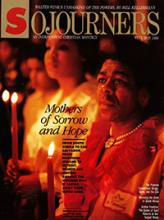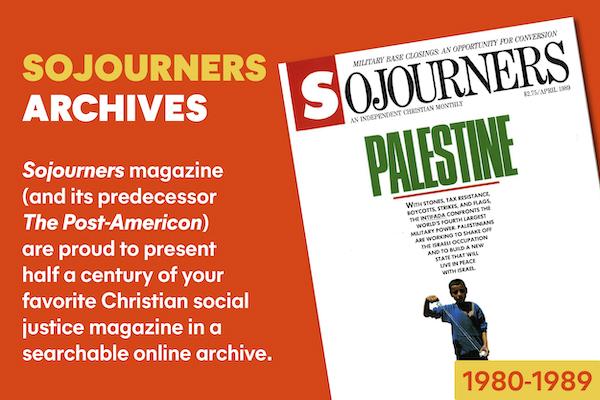"A voice was heard in Ramah, wailing and loud lamentation, Rachel weeping for her children; she refused to be consoled, because they were no more." -- Matthew 2:18
Gerard Kiely was a university student, just 19 years old, when he was killed as he attended Mass at St. Brigids Church in Belfast, Northern Ireland. Maura Kiely, his mother, remembers: "In 1975 when Gerard, our only son, was murdered, I realized with devastating awareness that one chapter of my life had been completed, and that nothing could ever quite be the same again.
"We had two children, and we had taught them to contribute more than a little to the spirit of community for which we were aiming. To say we were shattered would be an understatement; we were so stunned that at the time it was difficult to understand God or to find the answer to Why?
"But I believed that life for Gerard was not taken away, just changed, and that we had still to struggle to live the faith for which he died. There are, I believe, no accidents in this life as far as God is concerned. Out of evil, it is said, comes good. I committed myself to work for reconciliation among bereaved families in Northern Ireland; and so the Cross Group was born."
The common denominator of the participants in the Cross Group is that the conflict that rages between Northern Ireland's Protestants and Catholics has claimed at least one member in each one's family. They meet to share their pain and their memories. They commemorate anniversaries of deaths. And when they hear news of another murder, they write personal notes of sympathy to the families affected.
Read the Full Article

